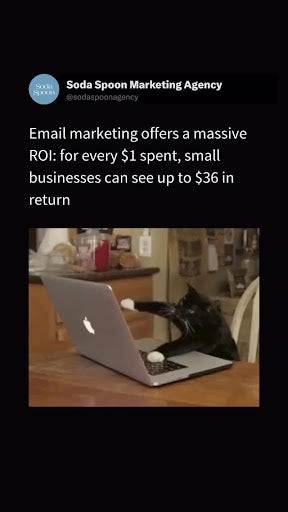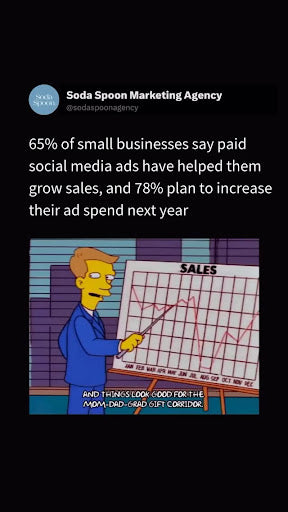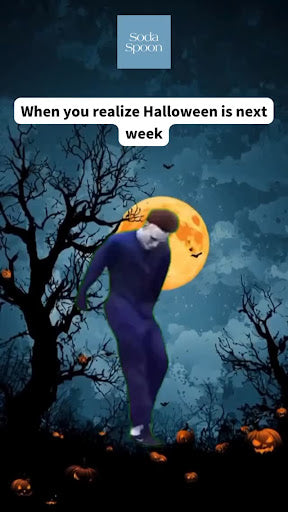Key takeaways
- Sales funnels help businesses hone their messaging and approach at each stage of the buyer’s journey
- Use marketing strategies like search engine optimization and social media marketing to turn shoppers into leads at the top of the funnel
- Seal the deal for buyers in the decision stage by providing social proof about your solution and demonstrating how your pricing matches your value
Turning shoppers into sales prospects—and prospects into leads—is a process every business owner needs to master. Perfecting your sales funnel can help your business win more sales and grow your client base.
So what’s a sales funnel, and how can you maximize each of the four sales funnel stages? Here’s what you need to know about how a sales funnel works and how shoppers respond at each stage.
What’s a sales funnel?
A sales funnel is a roadmap that helps you visualize the customer journey. It illustrates the steps leads take before they purchase your product or service, which is key to understanding how their mindsets shift as they move toward a final buying decision. With this information, you’ll know how to tailor your sales and marketing strategies at each stage of the sales cycle—making your sales process more reliant on science than luck.
4 stages of a sales funnel

Even if you’re not a trained salesperson (or your sales team is just one person), fully understanding the sales funnel can help you reach shoppers with the right information at the right times in their customer journey. Here are the four sales funnel stages that most consumers go through before making a decision.
1. Awareness
The first stage of the sales funnel—awareness—is often called the top of the funnel. It occurs when shoppers become aware of your brand and your product/service for the first time.
Whether they see your ad on social media or your video during a YouTube search, they’re likely coming across your company during their day-to-day activities. While they might be searching for answers to certain questions, they may not yet know you can solve their need or problem. For instance, a bride might ask, “What types of bridal bouquets can I choose from?” but won’t be searching for local florists at this point.
Getting shoppers to the top of your funnel relies on a robust marketing strategy, not sales tactics (which come later when you’re pushing toward the final transaction). At this juncture in the sales pipeline, your job is to put your brand out there and make it easy for potential customers to reach out or provide their contact information so you can follow up.
Not everyone in your target audience will make it to the next stage of the sales funnel—and that’s okay. Your marketing efforts will resonate with people who are a good fit for your product or service.
Here are a few tactics to use in the awareness stage to promote lead generation:
-
Landing pages. Create web pages that are search engine optimized (SEO) to target specific, relevant search terms used in a typical Google search. To capture leads who land on your page, try offering a lead magnet (an enticing special offer like a coupon, webinar, or e-book) that website visitors can get for free in exchange for their contact information.
-
Blog posts. Use long-form content marketing that answers common, relevant search queries (like “how to pack for a move” if you’re a moving company) to position yourself as an industry leader for your audience’s needs.
- Local events. Digital marketing isn’t the only effective way to get your brand out there. Show up at local events, like farmer’s markets or trade shows, to meet your potential clients and collect their contact information in person.
2. Interest
The interest stage marks the middle of the funnel, during which your prospective customers start researching solutions more intentionally and have a clearer picture of their pain points or goals. While they might still be considering a few different solutions—for instance, comparing personal training to group fitness classes—they know your company can help.
Moving shoppers through the interest stage is all about showing them your product or service is the best solution for their needs. Your leads will want to learn more about what you have to offer, like specific product features or service inclusions, and may compare you to your competitors.
This stage of the sales funnel is where your sales process truly begins. Instead of simply capturing the attention of your potential customers, you’re re-engaging leads and moving them toward a purchase. Two tactics that work well in the interest stage include:
-
Email campaigns. Use email marketing software to send new leads a series of automated emails (called a drip campaign) to educate them about your solution. Each email can focus on a different feature.
- Free trials. Give your leads a test run so they can discover the benefits for themselves. For example, a yoga studio might offer a free class, while a makeup brand might mail a sample of its concealer.
3. Decision

As a shopper moves into the decision stage, they’re a qualified lead, meaning they’re a great fit for your brand. A lead at this stage is highly considering your company. However, they need to be nurtured and sold on your product or service before making their final buying decision.
Here, they’ll dig deeper into your pricing to make sure your solution is within budget. Plus, they may want more information about the results they can expect—perhaps social proof like customer reviews, video testimonials, or social media posts.
Since shoppers in this stage of the sales funnel are ready to make a purchase, it might be worth engaging them one-on-one. Chatting directly with prospects instead of relying on automations can help you stand out and form a human connection that seals the deal.
Here are some tools to move prospects through the third sales funnel stage:
-
Case studies. Write in-depth case studies about how your product or service has helped existing customers, including direct quotes from clients when possible. Share these on a dedicated part of your website.
-
Live demos. Prompt your prospect to schedule a video call with you or a sales rep, during which you can tailor a live demo to their needs, answer their questions, and provide a consultation.
- Responding to Yelp reviews. Add or claim your Yelp Business Page to respond to reviews in a timely, professional manner so your prospects know you’re always listening to their feedback and care about their experience. In fact, in a recent survey, 88% of respondents said they are more likely to look past a negative review if they see that the business has responded to it and adequately addressed the issue.
4. Action
When leads get to the very bottom of the funnel, they’re nearing the end of the buying process. They’ll either become paying customers or take their business elsewhere. However, just because prospects make it through your sales funnel doesn’t mean your work is done.
If your prospect becomes a client, you’ve achieved a successful conversion, yet you still need to nurture the customer relationship to ensure they’re satisfied with your product or service. This is key to customer retention, which occurs when clients become loyal, repeat buyers. Nurturing can involve calls, surveys, emails with product tips, and more.
If your prospect walks away, you can still regularly follow up with them via email newsletters, sales promotion texts, and other touchpoints to keep your brand in their minds.
Benefits of honing your sales funnel
Whether you own a brick-and-mortar business or run an ecommerce store, creating your own tailored sales funnel can help optimize your marketing and sales tactics over time.
A sales funnel creates a path to conversions. Instead of working with your prospects blindly, you can hit checkpoints—like completing a one-on-one call in the decision stage—to get one step closer to a sale.
Naturally, a sales funnel can be a powerful tool when you’re aiming to boost your conversion rate (a metric that demonstrates the percentage of leads that ultimately make a purchase).
As you become consistent with your sales funnel strategies, you’ll notice trends about what’s working at different stages of your sales funnel and what’s not. For instance, if you notice prospects dropping off before the decision stage, you’ll know you need to make your brand and solution more enticing while they’re in the interest stage.
Move leads through your sales funnel
A sales funnel is a tangible representation of your customer journey, which you can customize to fit your business. When you understand how shoppers move toward a purchasing decision and turn into leads and clients, you’ll be able to implement the most effective strategies to persuade buyers at different stages.
Try these small business marketing tips for more ideas you can include at the top of your funnel.




